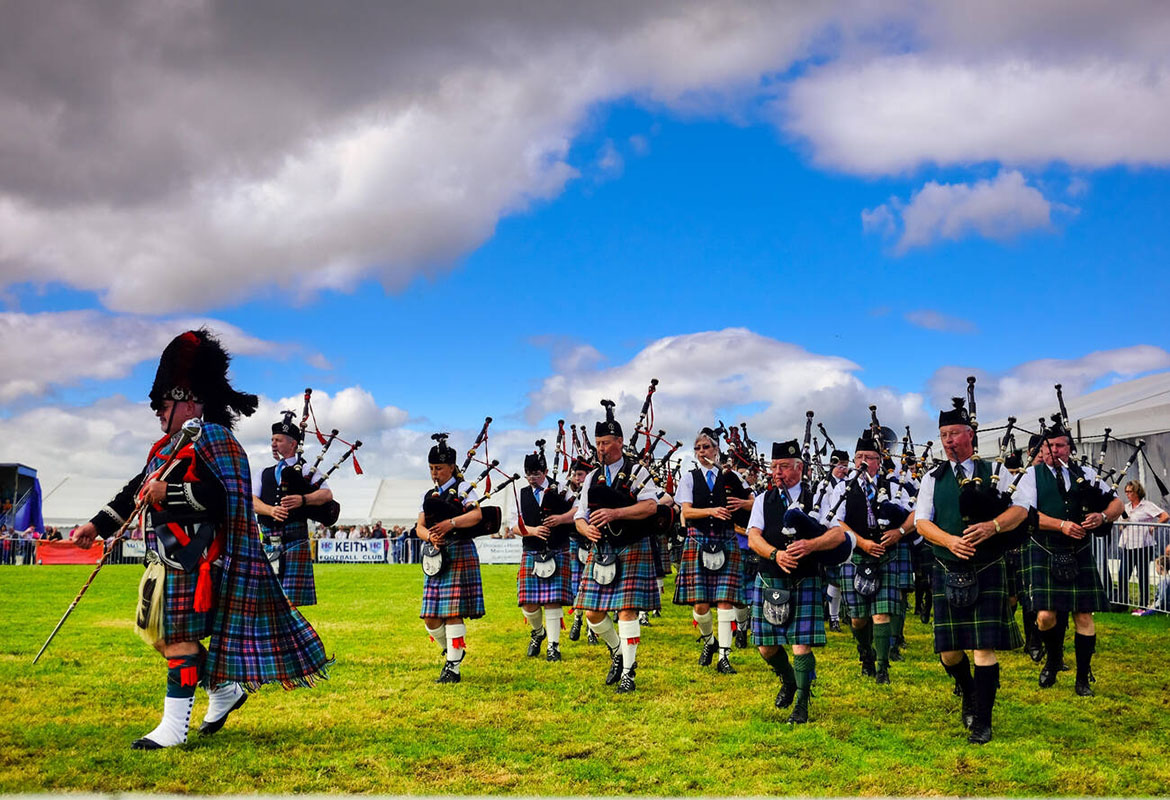Tartan kilts:
The history of Tartan kilt is deeply rooted in Scottish culture, representing a distinctive and iconic garment that has evolved over centuries. This unique piece of clothing holds historical significance and is synonymous with Scottish identity.
Original Kilts History:
The origins of the Tartan kilt can be traced back to the 16th century in the Scottish Highlands. Initially, it wasn’t a separate garment but rather a large piece of fabric, known as the “Great Kilt” or “Feileadh Mòr.”
This versatile garment served as both a cloak and a full-length wrap, providing protection against the harsh Highland weather.
Evolution into the Modern Kilt:
As time progressed, the Great Kilt underwent modifications, eventually transforming into the modern Tartan kilt we recognize today.
The transition involved the separation of the garment into two distinct pieces: the tailored kilt and the plaid. This evolution made the kilt more practical for everyday wear.
Symbolism and Clan Associations:
Tartan patterns are not merely decorative; they carry symbolic meaning, often associated with specific Scottish clans or families. Each clan has its unique Tartan design, allowing wearers to proudly display their familial or regional allegiance.
The use of Tartan became particularly prominent during the Jacobite uprisings, as a symbol of resistance and identity.
19th Century Renaissance:
The 19th century witnessed a resurgence of interest in Scottish culture, and the Tartan kilt gained popularity beyond the Highlands.
Queen Victoria’s enthusiasm for Scotland and her patronage of Balmoral Castle contributed significantly to the kilt’s widespread adoption. This period solidified the kilt’s status as a national symbol.

Contemporary Significance:
In the modern era, the Tartan kilt continues to be a symbol of Scottish pride, history of Tartan kilt and tradition. It is worn at various events, from formal occasions such as weddings and ceremonies to casual gatherings and festivals.
The diverse range of Tartan patterns allows individuals to express their unique connection to Scottish heritage.
Conclusion:
The history of the Tartan kilt is a journey through time, reflecting the evolution of Scottish culture and identity.
From its humble beginnings as the Great Kilt to its contemporary status as a symbol of pride and tradition, the Tartan kilt remains an enduring and iconic piece of clothing.
